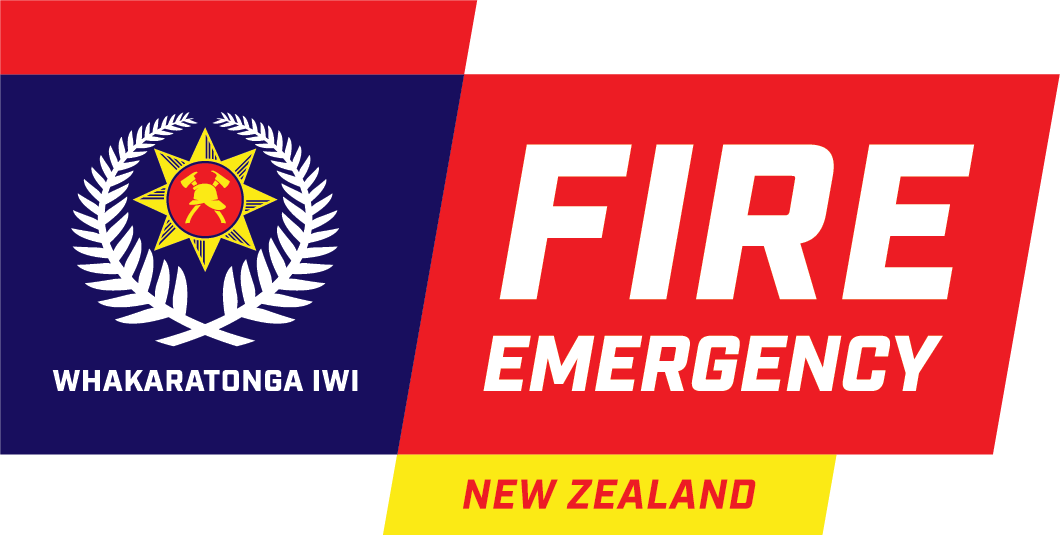Auckland Floods and Cyclone Gabrielle Operational Review
Recently we paused to reflect on the one-year anniversaries of Cyclone Hale, the Auckland Anniversary weekend flooding, ex Tropical Cyclone Gabrielle and the tragic events in Muriwai.
Due to the significance and ongoing nature of the Auckland floods and Cyclone Gabrielle, National Commander Russell Wood commissioned a combined internal operational review of our response to these events.
It is our usual practice to carry out reviews of significant incidents to learn from them and support our ongoing improvement. Due to the likely public interest in this review, we will be releasing our Operational review publicly on 19 April.
We are proud of how our people responded and supported communities in the most trying circumstances, with the highest levels of skill, ingenuity, and empathy.
Below is a summary of the report findings and the work we’ve undertaken or committed to. You can access the full report here.
You can also watch the 18 April live event about the review held by Russell and Deputy National Commander Steph Rotarangi by clicking play on the video below.
This report may be a reminder of what a tough time this has been for many of you. It’s ok to ask for support if you need it. Please make sure you use the welfare support options available if you need them and touch base with your manager or leader in your Brigade to discuss how we can help further.
Summary of the operational review
The operational review provides Key Insights into six areas of our response that will further help us improve our organisational approach to policy and operational procedures.
The six areas are:
- our planning and our first responder equipment and training, specific to weather-related events
- our risk assessment procedures including Dynamic Risk Assessment and the Safe Person Concept
- resourcing of Incident Management Teams
- our procedures during high call volumes and specialist response
- our surge and backfill model, with rapid onset incidents and geographic dispersant in mind, and
- the wellbeing support available.
We will also use them to help us prioritise and improve our training, equipment, resourcing and how we support our personnel. We acknowledge that severe weather response is a new and evolving capability for Fire and Emergency and is not one of our main functions. We have a way to go to ensure we are prepared, trained and equipped.
Work underway
After our response, we’ve used early observations to start making changes, so we can keep preparing for these eventualities while we work through the findings of this report.
Work undertaken to date
Since the two events we have:
- increased our ability to work safely in and around water by building our capability, introducing six trained Specialist Water Rescue Teams (SWRT) across the country
- started developing whole of organisation e-learning modules which cover motor vehicle accidents in water emergency, response driving around flood water, wading rescue skillsets and officer oversight of water-based incidents
- provided additional support and capability to our Urban Search and Rescue (USAR) teams, including providing specifically designed personal protective equipment (PPE), issuing personal safety locators and mobility devices and reissuing our incident response guide
- released an e-learning package for landslide awareness and management
- developed and dispatched a wider range of disaster response equipment in high priority areas i.e. Northland, Tairāwhiti and Nelson/Marlborough, and
- defined our organisation approach to recovery and started piloting new ways of delivering organisational recovery in Tairāwhiti and Hawke’s Bay, with a focus on returning to readiness, as part of a wider approach.
Work underway
We are also:
- reviewing our Safe Person Concept and associated Dynamic Risk Assessment, a model used to identify hazards and make safety decisions
- undertaking an 18-month programme of work to define the roles and functions of our coordination centres, including a refresh of the Public Information Management (PIM) role and our organisational approach to and support for incident management.
- reviewing and refreshing all operational policy
- undertaking an organisational wide review of surge fleet and 4WD capacity, including for specialist teams
- working collaboratively with partner agencies, through the Landslides National Advisory Group, to map and gain an understanding of the risk posed by landslides to property and life, and
- reviewing our approach to Local Planning (section 21 of the Fire and Emergency Act) to ensure it enables our response to out of scale events.
